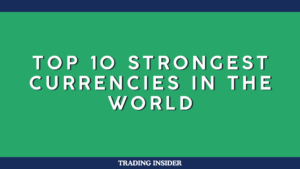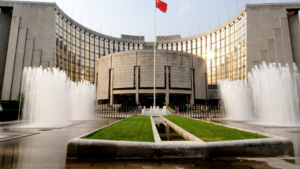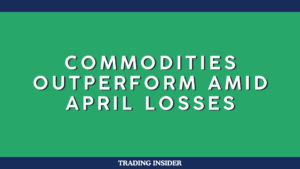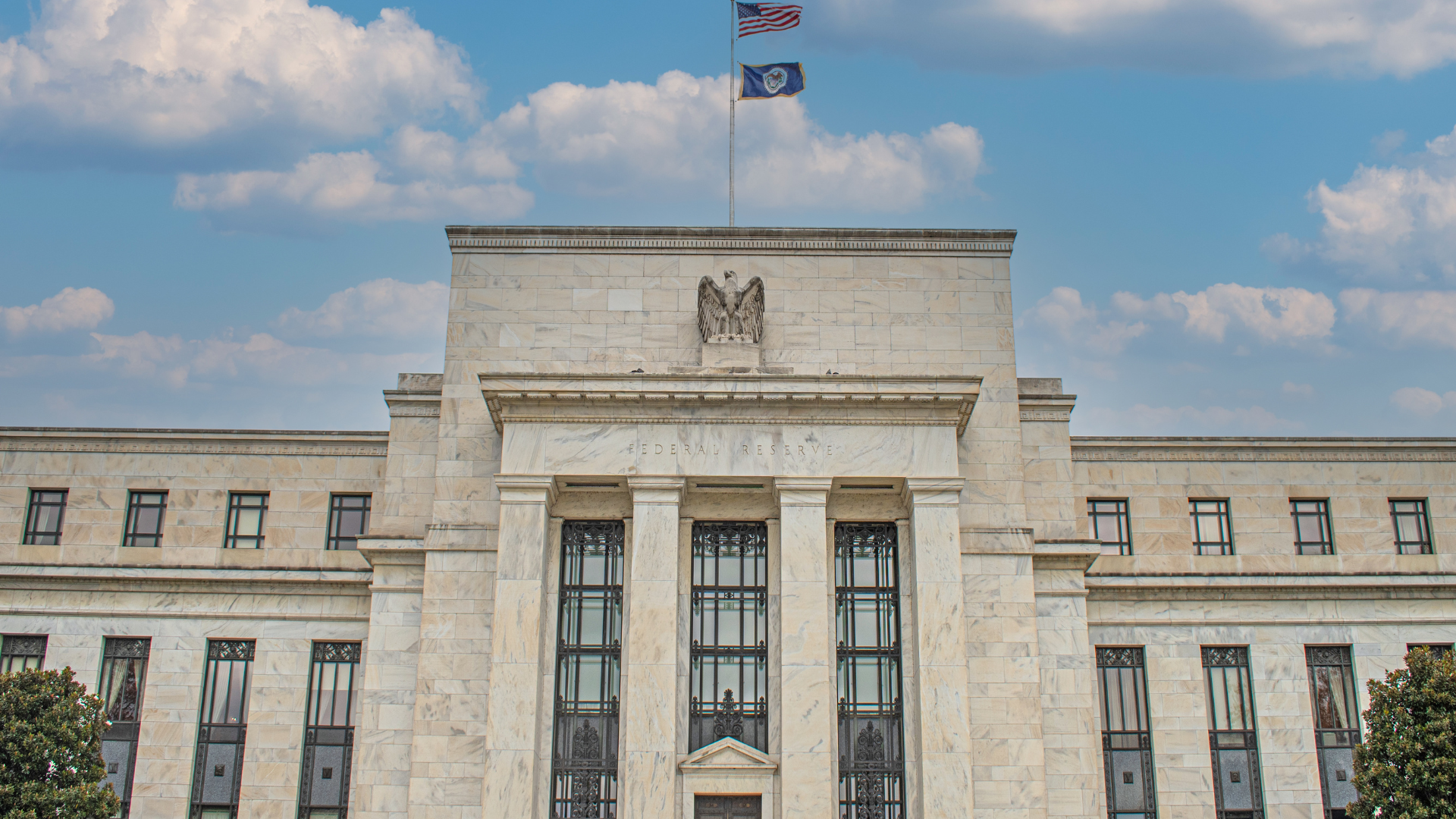Federal Reserve Vice Chair Philip Jefferson indicated a preference for keeping the federal funds rate steady, reflecting the central bank’s cautious stance amid mixed economic signals. Jefferson’s comments suggest the Fed is content with current monetary policy settings as it continues to monitor inflation trends and labor market conditions. This approach aligns with the broader consensus among policymakers to assess the economy’s response to previous rate hikes before considering further moves.
Jefferson emphasized that maintaining the current rate allows the Fed to observe how tighter financial conditions are influencing growth and inflation. The decision to hold steady is rooted in concerns about over-tightening, which could risk undermining economic stability. By keeping rates unchanged, the Fed aims to balance its dual mandate of supporting maximum employment while ensuring price stability.
Market reactions were muted following Jefferson’s remarks, with investors largely anticipating that the Fed would keep rates on hold in the near term. Bond yields showed little movement, reflecting confidence that monetary policy will remain stable unless economic data shifts significantly. However, traders remain vigilant for signs that could prompt a policy pivot, especially if inflation resurges or the labor market weakens unexpectedly.
Jefferson’s comments come as inflation shows signs of moderating, though it remains above the Fed’s 2% target. While progress has been made, officials are wary of declaring victory too soon, mindful of the potential for inflationary pressures to re-emerge. The central bank’s cautious approach suggests a preference for patience over preemptive action, particularly given lingering global economic risks.
Economists note that the Fed’s current strategy reflects lessons learned from past tightening cycles, where aggressive rate hikes sometimes triggered unintended economic slowdowns. By holding rates steady, the Fed can gauge the cumulative effects of its policies without adding unnecessary strain to the economy. Jefferson’s remarks underscore the importance of data-driven decision-making in the current environment.
Looking ahead, markets will closely watch upcoming economic reports, including inflation and employment data, for clues on the Fed’s next steps. While Jefferson’s stance suggests stability for now, shifts in key indicators could influence the central bank’s policy trajectory in the coming months.























